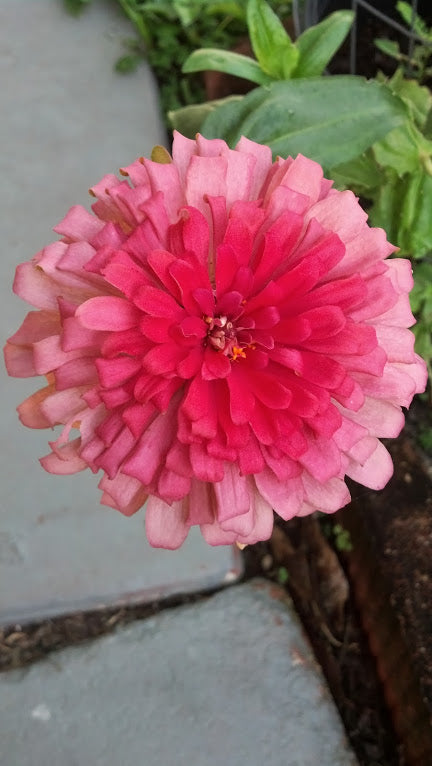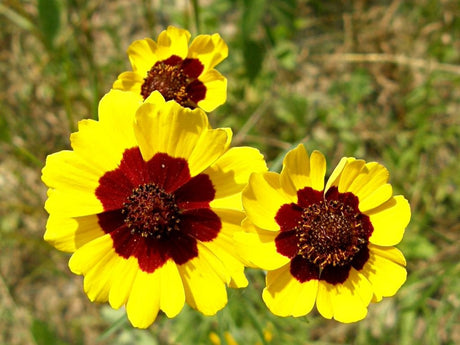
Pollinator Protection Patch
This might be one of our most exciting projects ever! We are thrilled to dedicate this huge patch of the property for the pollinators that visit our veggie gardens. This...
Mary Smith |
Welcome to our store Learn more

This might be one of our most exciting projects ever! We are thrilled to dedicate this huge patch of the property for the pollinators that visit our veggie gardens. This...
Mary Smith |

Mary's Heirloom Seeds Quick Links COCONUT COIR PELLETS GARDENS FUNDRAISER Seed Starting SUPPLIESOrganic Plant Food Organic Pest Control Heirloom BEANS Heirloom BEETS Heirloom CABBAGE Heirloom CARROTS Heirloom CORN...
Mary Smith |

One of the best things about wildflowers is how easy they are to grow! In case you missed it, we recently posted an article of EDIBLE FLOWERS at Mary's Heirloom...
Mary Smith |
Over 1,000 varieties of Heirloom Seeds
Free Shipping on Qualifying orders of $20 or more
Planting guides to help you grow a successful garden